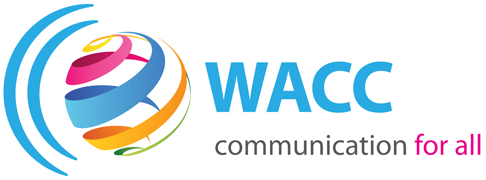Search Results communicative justice
-1
search,search-results,paged,paged-3,search-paged-3,wp-theme-bridge,wp-child-theme-WACC-bridge,bridge-core-3.3.4.2,qodef-qi--no-touch,qi-addons-for-elementor-1.9.2,qode-page-transition-enabled,ajax_fade,page_not_loaded,,qode-title-hidden,qode-smooth-scroll-enabled,qode-child-theme-ver-1.0.0,qode-theme-ver-30.8.8.2,qode-theme-bridge,qode_header_in_grid,qode-wpml-enabled,wpb-js-composer js-comp-ver-8.5,vc_responsive,elementor-default,elementor-kit-41156





